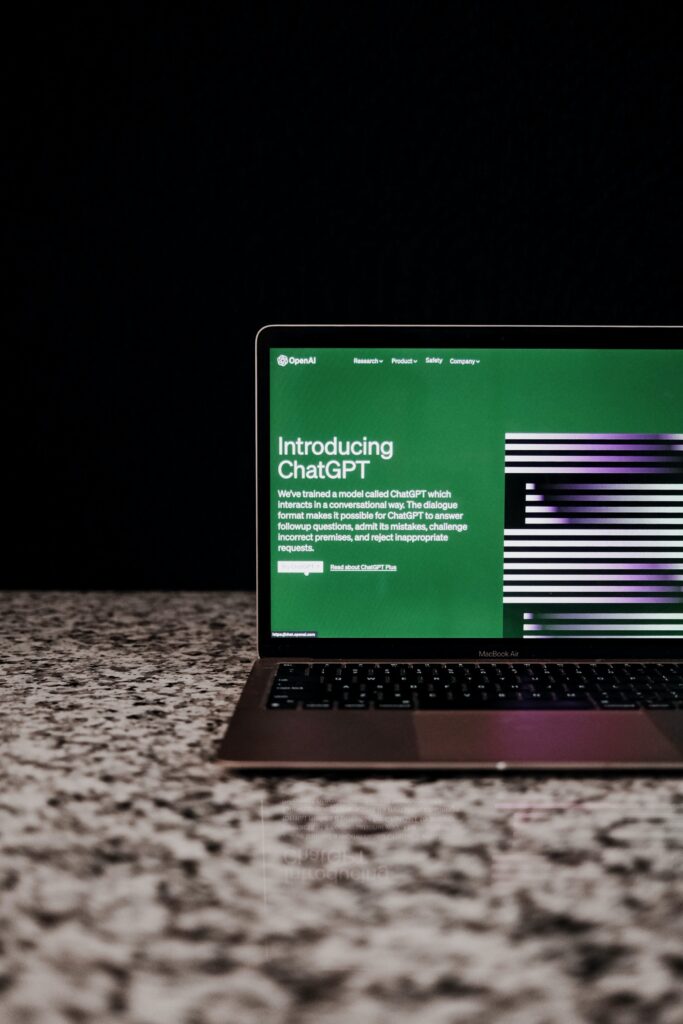
The key to maximizing your use of ChatGPTs capabilities is to effectively engage with the tool. In AI-speak, this means knowing what kind of prompts to use. Depending on your use case, lawyers can use a variety of ChatGPT prompts to engage with the model effectively. Below we share some examples of prompts lawyers can use.
Best Practices for Writing ChatGPT Prompts
Writing ChaptGPT prompts is something of an art all in itself. Learning the best ways to input inquiries improves your likelihood of receiving useful outputs. Here are some effective strategies to try.
- Prime the tool – To get the best responses, it’s useful to provide some context first. In this way, the tool learns before it begins to generate any outputs, and it remembers the information for future questions.
Try setting the stage with a sentence or two rather than jumping right in with your question. For example, you could prompt ChatGPT with something like, “I have a client who is involved in a personal injury case. Can you provide me with an overview of the elements required to prove negligence in a personal injury case?” The more information and context you provide, the more specific and useful your response will be.
- Engage with roles and identities – Another feature of ChatGPT is its ability to assume identities and professions. You can ask it to take on the point of view of any role. For example, “Assume the role of my opposing counsel. What are some potential legal arguments to defend against a defamation claim?”
- Follow up with more questions – The cool part about ChatGPT is that you can engage with it like you would talk to another person. That means asking follow-up questions if you don’t like the initial response or requesting additional context or sources. For example, you could follow up with a request to “Rephrase the response to make it easier for my client to understand” or “Cut the response length by 20 percent.”
When using ChatGPT for legal research or office administrative work, it’s important to be specific, provide context and experiment with different prompts. The tool learns as you go so don’t be afraid to engage in a longer dialogue to refine the response. And as always, remember to review, verify and revise for clarity and legal accuracy within the context of your legal matter.
To learn more about all the ways you can leverage ChatGPT at your law firm, check out this post and get in touch with at Honeycrisp anytime with questions. We work exclusively with Apple-loving lawyers to help them streamline their tech operations and improve productivity.


